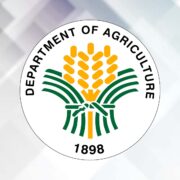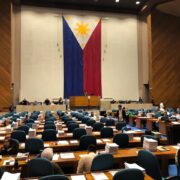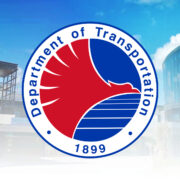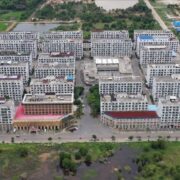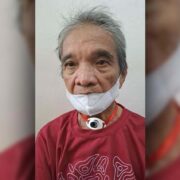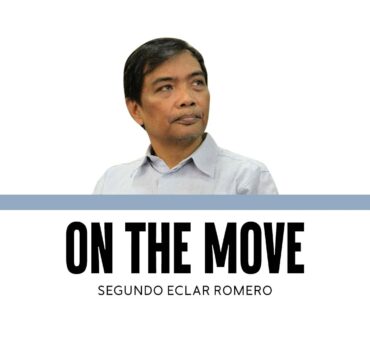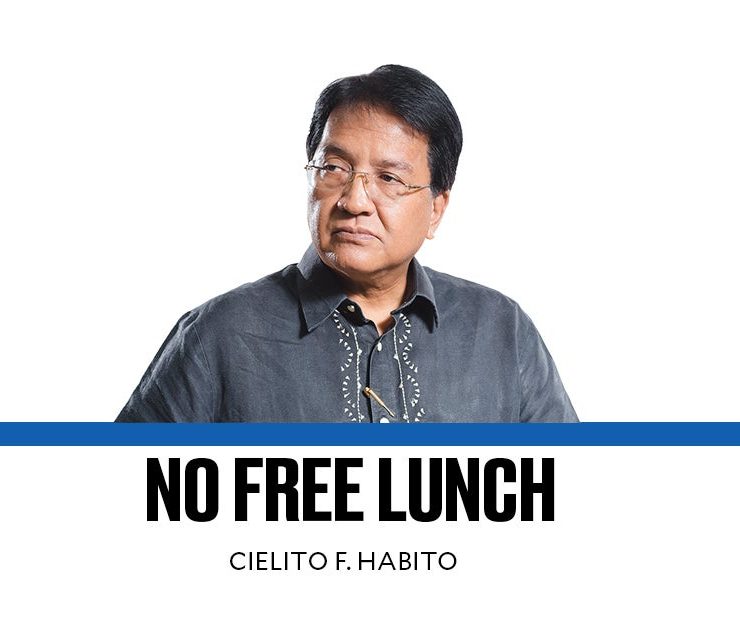The utter folly of P20 rice
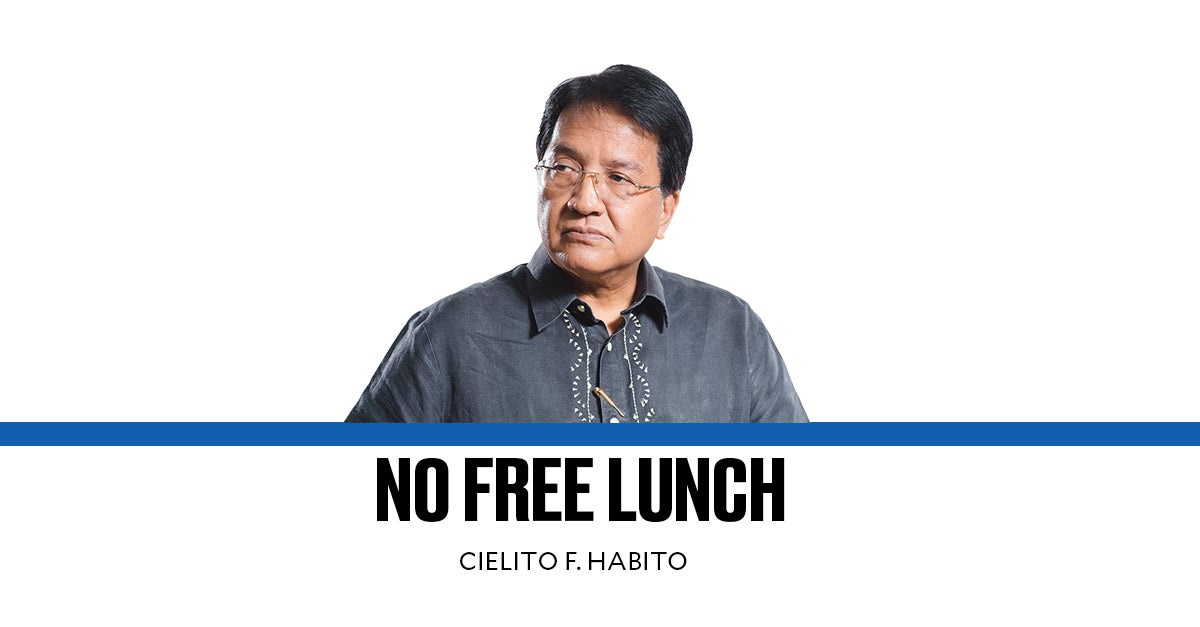
A 2012 World Bank study calculated that the government spent almost P7 to deliver P1 of assistance to rice consumers through its universal rice subsidy program. In “Who Benefits from Social Assistance in the Philippines? Evidence from the Latest National Household Surveys,” Luisa Fernandez and Rashiel Velarde found that administrative costs took up over 87 percent of the budget of the rice subsidy program. More precisely, the ratio was P6.84 spent for every P1 of assistance.
They further found that around two-thirds of the rice subsidy’s benefits, especially during the world crisis in 2008 and 2009, did not go to the poor. Its poor targeting efficiency and high administrative and leakage costs led the World Bank to conclude that, henceforth, cash transfers (ideally, conditional) targeted at poor households would be a more cost-effective way to help the Filipino poor than a universal rice subsidy. It’s a no-brainer. If every peso of assistance costs seven times more to deliver, we might as well give cash outright to the targeted households.
Yet here we go again. In yet another illustration of Albert Einstein’s definition of insanity (“doing the same thing over and over and expecting different results”), the government has once more embarked on a huge rice subsidy program. Malacañang makes no effort to conceal the fact that the President’s P20-per-kilo rice program entails a huge subsidy, shouldered by all of us taxpayers. It could have made some sense if rice still cost less than P20 overseas, like before. But with world wholesale prices averaging about $400 per ton, or $0.40 a kilo (=P22.80 at P57/$1), the landed cost, once you add freight, insurance, and import tariffs, would indeed come up to well in excess of P20. There simply is no way rice, even if imported, can sell at P20 without a hefty and heavy penalty on taxpayers.
How is the government doing it? The Department of Agriculture (DA) supposedly gets the rice from the National Food Authority’s buffer stock, purchased from farmers at their prescribed farmgate support price of P18 to P24 per kilo of unhusked palay. Milled rice would normally sell at about twice the palay price (hence P36 to P48 per kilo) after accounting for the cost of transport, logistics, and milling, and a milling recovery of about 60 kilos for every 100 kilos of palay milled (the rest becomes bran and husk, mostly discarded). Hence, P20/kilo rice sold at Kadiwa centers or through LGUs has a built-in subsidy of P16 to P28 per kilo—or let’s just say an average of P22, which is more than the price itself! The DA supposedly subsidizes the P20/kilo rice through Food Terminal Inc., while LGUs also share in the subsidy when they sell the cheap rice to their constituents. Using the World Bank’s estimated cost multiplier, the government would spend another P150 for every kilo of P20 rice sold, or a total cost to the taxpayer of P172 for every kilo of P20 rice sold.
It all simply makes no economic sense. One can only conclude that it was never meant to, and is a pure political ploy—a never-mind-the-cost fulfillment of a campaign promise, no matter how outlandish it has become. We’re told the program initially runs until December, for possible expansion and extension through the end of President Marcos’ term in 2028. As for its fiscal repercussions, I guess they’re letting that be the next president’s problem.
The problem with any subsidy, which translates to an additional burden to all taxpayers, is that under our tax system, they will always hurt the poor more than the rich. Why so? Our government relies less on direct taxes, like income and wealth taxes, which are deliberately designed to be progressive, or tax a higher percentage of your income, the richer you are. But the bulk of our tax collections come from indirect taxes, or taxes on spending like value-added taxes, excise taxes, and customs duties, which are inherently regressive– meaning, the poorer you are, the higher the proportion of your income that you pay in taxes. It should be easy enough to see why: poorer households tend to spend all of their income, often even more. On the other hand, the rich don’t, and save and invest much of it, taxed only on the interest the savings earn, leaving a bigger part of their incomes untaxed. Furthermore, they can find creative ways to evade or avoid paying their direct taxes. Hence, a tax system like ours, dominantly dependent on taxes on spending, hits the rich more lightly than the poor, who inescapably pay taxes with their everyday spending.
So if we try to help the poor by selling them P20 rice, guess what—they actually bear a heavier burden from the hugely costly assistance supposedly meant to help them. That also assumes that only they, and no undeserving buyers, get to buy P20 rice—and enough of it. And I haven’t even talked about how it’s hurting the farmers.


